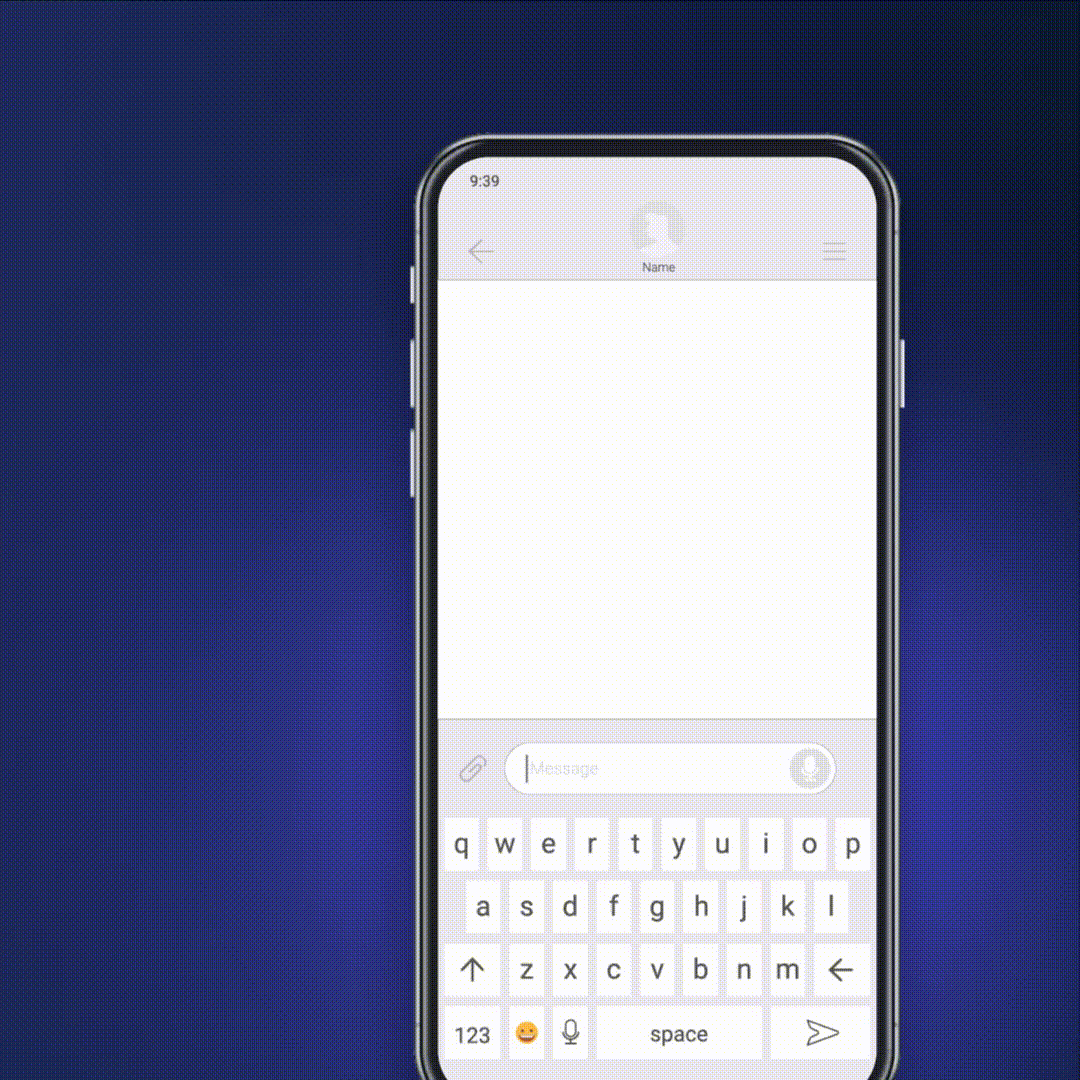Ding! “You Have a New (Not Annoying) Message!”
Welcome back, dear truth seekers!
You’re reading the second article of the “MythBusters” series, where we take apart popular myths about marketing practices, like the hosts of the famous TV show with the same name, Adam and Jamie, did. Today’s myth is “Receiving SMS messages harasses customers,” or “SMS marketing harms your business.”
Why do we want to bust these myths? Because many of our clients who believe them forgo one of the most effective marketing channels and, thus, miss opportunities to grow their sales. We want to fix this immediately and ask you to join us.
We’d like to start from the very beginning, namely researching the source of the myths, but we may never uncover it, just like Anne Hathaway’s youth potion recipe. Still, let’s try to find some clues.
The origin of the myth
Today, we act as experts and detectives ourselves (*changing Jamie’s berets for Holmes’ deerstalkers). To uncover the myth’s origins, let’s consider some of the ideas its adherents believe.
We could say haters gonna hate and just leave it be. But you, our dear Watsons, might’ve already seen the clues in each statement — they are full of indignation — and realized that all that negativity comes from customers’ bad experiences with companies that used text messaging for marketing incorrectly. We can understand and even forgive midnight texts from a lonely ex (who hasn’t been there?😅), but spam — never!
What if we told you that a good SMS marketing strategy negates every one of the haters’ complaints?
Let us put our berets back on and show you some solid arguments.
How customers actually perceive SMS marketing
Unlike Adam and Jamie from the original show, we can’t offer spectacular experiment-based evidence, but our approach is as valid — we have the numbers. Let’s take a look at them to challenge every hater’s idea.
Messages aren’t annoying, but some companies are
The best proof that text message marketing doesn’t bother people is that in 2022, 70% of consumers gave businesses permission to send them text messages, according to a survey by Simple Texting. They wanted information from businesses like retail companies (52%), healthcare organizations (49%), financial companies (47%), travel agencies (26%), hotels (13%), and real estate (5%).
Additionally, most marketing tools for sending bulk SMS don’t send messages during non-working hours. In the US, the Federal Communications Commission’s (FFC’s) Telephone Consumer Protection Act clearly states that companies can only send promotional text messages from 8 a.m. to 9 p.m.
So, if someone says they get SMS round-the-clock, they’re either mistaken or give their contact information to irresponsible businesses.
Brevity is the soul of wit
Sure, SMS messages can be spam. But why would a company spend its money on useless texts?
In reality, large and small businesses use text message marketing mostly for one purpose — to inform customers they can save some money by buying goods or services they need from the brand’s company.
Statistics confirm this claim: most companies (38%) use SMS to send special offers, discounts, and promo codes. Sure, other types of messages help them sell, too — they provide billing updates (37%), appointment reminders (31%), and announce new products (31%).
Are 160 characters enough for these purposes?
Well, look at your messages and tell us. Likely, you’ll find examples of text message marketing like:
- “15% discount on Valentine’s Day! Promo code — VALENTINE”
- “Your favorite sweets have new flavors! Visit our store in your city and try them.”
- “The product you wanted to buy is back in stock. Visit our website for details.”
None of these messages exceeds 100 characters, yet they give customers valuable information. And even if such offers aren’t relevant for customers in that instant, they can hardly be called spam (assuming the customer opted in for SMS marketing earlier, of course).

People prefer text messages
People check their messages eleven times a day, and 95% of SMS get read.
And adults, who mostly are participants of the surveys, aren’t the only ones who prefer messages. Statista reported that 83% of US teenagers texted their friends and loved ones during the pandemic, while 72% called, 63% used social media, and 48% preferred messenger apps to reach out.
We could stop here, but for those who might say, “oh, you’re talking about personal communication — that’s different,” we’ll provide one more fact. As one very famous and violent video game says: “Finish them!”
The click-through rate (CTR) for promotional SMS messages is 19%, while email and Facebook marketing barely reach 4% and 1%, respectively.
Fatality!
The internet is far from ubiquitous
If you believe everyone has round-the-clock internet access, you’re wrong. Actually, among five billion people owning a cell phone, 2.29 billion can be reached only through SMS but not via the internet. How so? Some people live in rural areas or developing countries with poor connections, and some people don’t own smartphones. If your birth year isn’t two thousand something, you probably remember how it was.
That doesn’t mean you should focus all your promotional efforts on SMS marketing strategies — use other channels too. But remember to segment your advertising by type for SMS, emails, and social media to avoid repeating messages across marketing channels.
That’s it. Another myth busted! Nobody got hurt, nothing was blown up (alas), and now you know SMS marketing works in retail, real estate, communication, and many other businesses.
How to do it the smart way? We have a few tips.
How to make text message marketing work for you
Now we’ll share our wisdom about how to build the ideal text message marketing strategy for your business.
Provide an easy way to opt out
People’s needs and interests change. At some point, some of your customers will want to opt out of communications with your business.
Let them leave without effort by providing an opt-out word.
For example, at the end of every promotional message, you can add “If you want to unsubscribe, text STOP.” This is much better than forcing them to block your number or register with the DND list.
Research regulations
Different countries have different data protection and phone advertising regulations, so you must double-check that your SMS marketing complies with local laws. For example, one of the main concerns for most businesses is the Do-Not-Disturb (DND) list or its US version — the National Do Not Call registry.
US regulations forbid businesses from sending promotional messages if a person registers their number in the DND list. Even if someone opts in to receive your messages, you must double-check whether they’re on the list. Interestingly in France, you can send promotional messages on weekdays but not on weekends.
Another reason to read regulations carefully is to check exceptions from the regulations. For example, in the US, you can text business-to-business, conduct surveys, send business-critical messages (such as passwords). Or you can send messages if you’re a political or nonprofit organization, even for numbers on the Do Not Call list.
Communicate with your phone provider continuously
You have to communicate with the company that delivers your messages to customers to make sure the messages actually reach their destinations. Why might problems pop up? Here are a few reasons:
- Your number gets blacklisted by mistake.
- You use spam words, and as a consequence, your messages get marked as spam.
- You use the wrong type of links, and your messages get marked as spam.
To avoid these issues, request a list of banned words from your cellular provider. For example, words like “buy,” “free,” or “win” might be banned. Ask if your company is whitelisted and whether unbranded links (bit.ly) are acceptable.
Аutomate
SMS marketing platforms are more than a tool for bulk messaging.
Sure, some free SMS marketing tools only send messages in bulk, but more advanced platforms do more.
For example, they use segmentation, data collection, and personalization features to tailor your marketing strategy to your audience’s needs.
Perfect the text
Once you know what you can and can’t say, craft effective messages for different purposes.
You can rely on your team’s creativity only or make their job easier with text message marketing software.
For example, the Retainly platform includes an SMS builder that helps you create an ideal message with a few clicks.
The myth is busted. What does this mean for you?
Now that you know that SMS marketing doesn’t really annoy your customers, you can text them first without squeezing your phone in sweaty hands and wondering if they’ll answer.
But seriously, text message marketing is an almost free, effective, and easy way to promote your business. You don’t need many words to engage your customers. Just give them info about your latest special offer and let them decide whether to act on it. As CTRs show, your chances of increasing sales are pretty high.
Just make sure that your messages are relevant and spam-free and that your strategy complies with the law. And, of course, use marketing automation tools to make it easy and efficient.
♥ Are you willing to uncover how can you use SMS Marketing? Read our recent blog Why SMS Marketing Is Still Around (and How You Can Use It).
